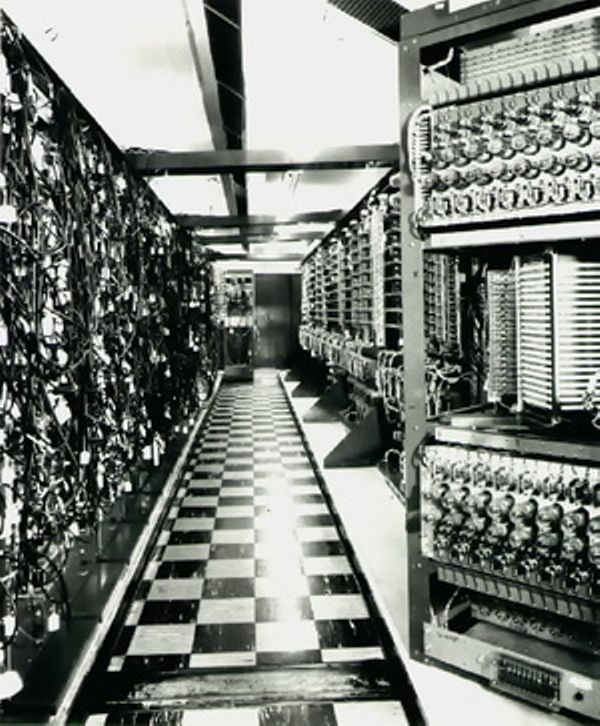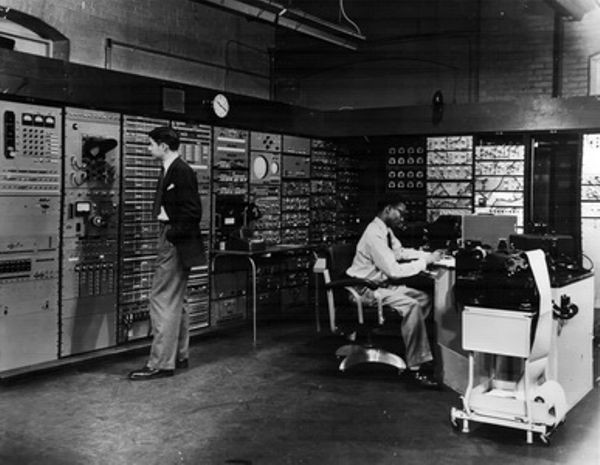What Happened on December 14th

Whirlwind, the first real-time, parallel-processing computer with core memory
december 14, 1954
Whirlwind Computer Appears on National TV
Edward R. Murrow’s See It Now program features the Whirlwind computer. Designed at MIT by Jay Forrester and a team of engineers, the computer was noted for its reliability: it had the capability to run 35 hours a week at 90-percent utility using an electrostatic tube memory (Williams Tube). The machine was started in 1945 and completed in 1951 and took up 3,100 square feet of floor space.



